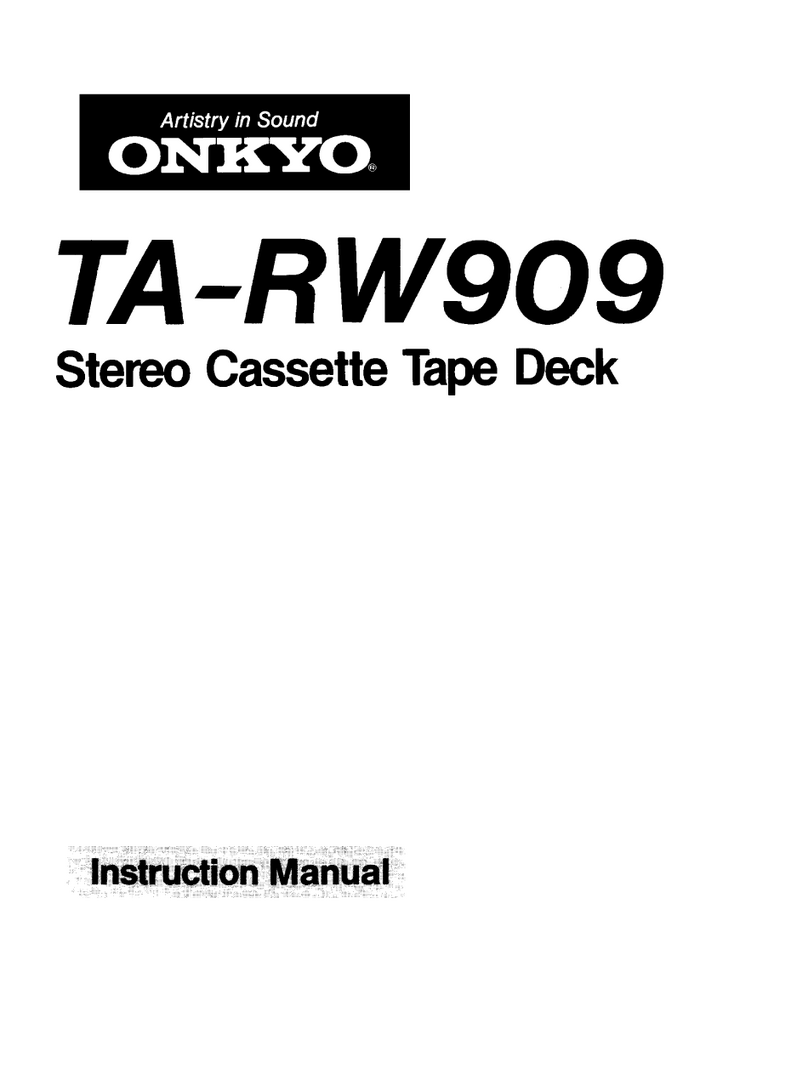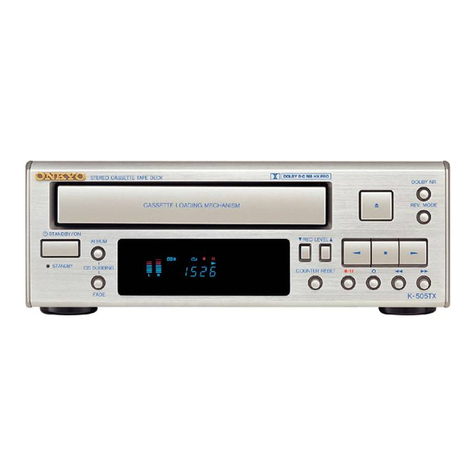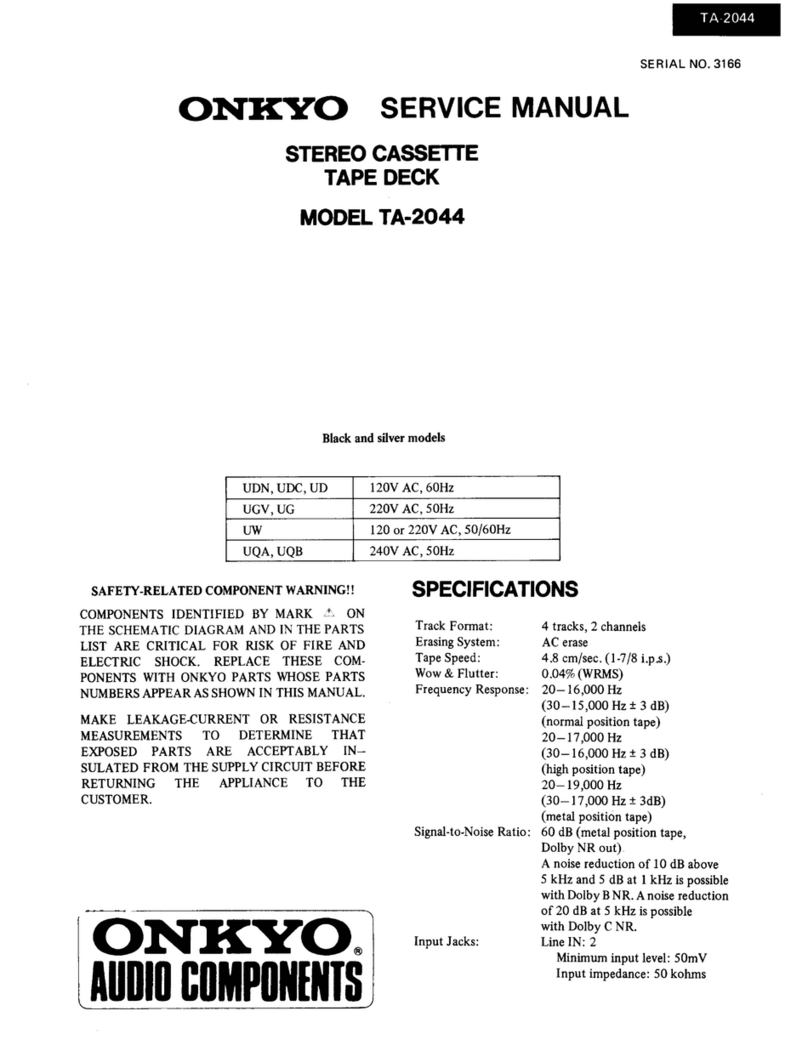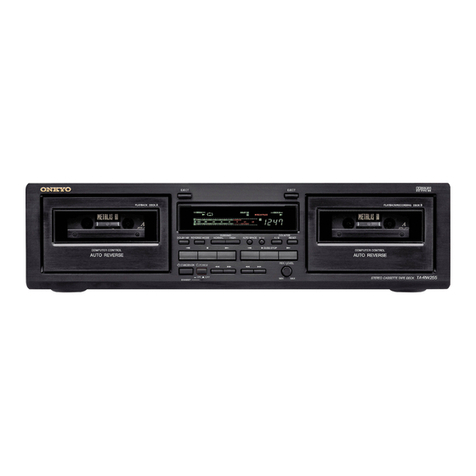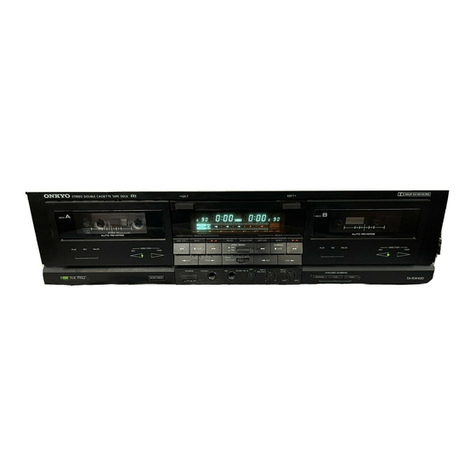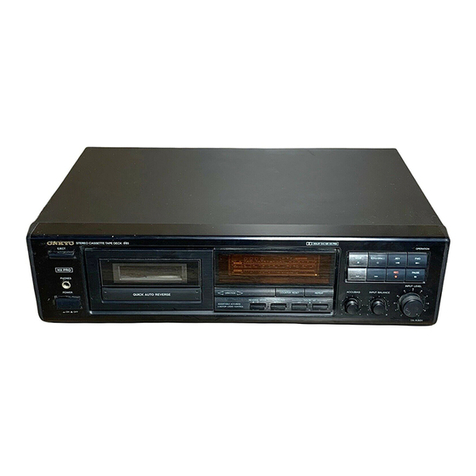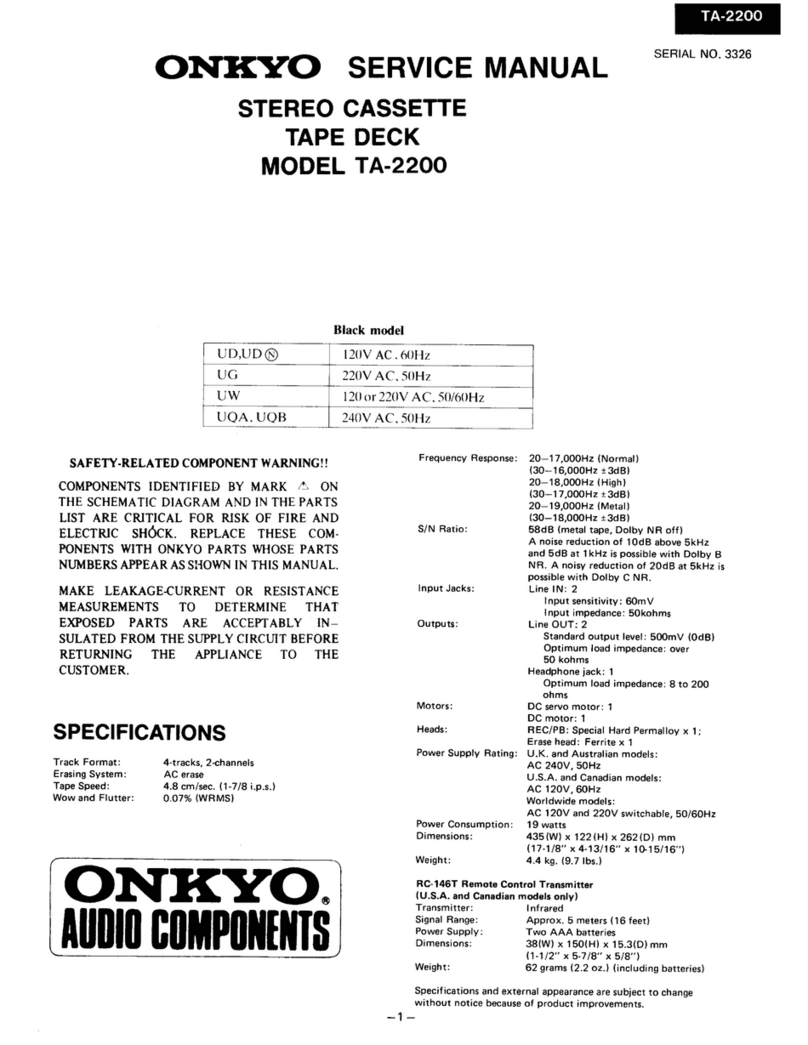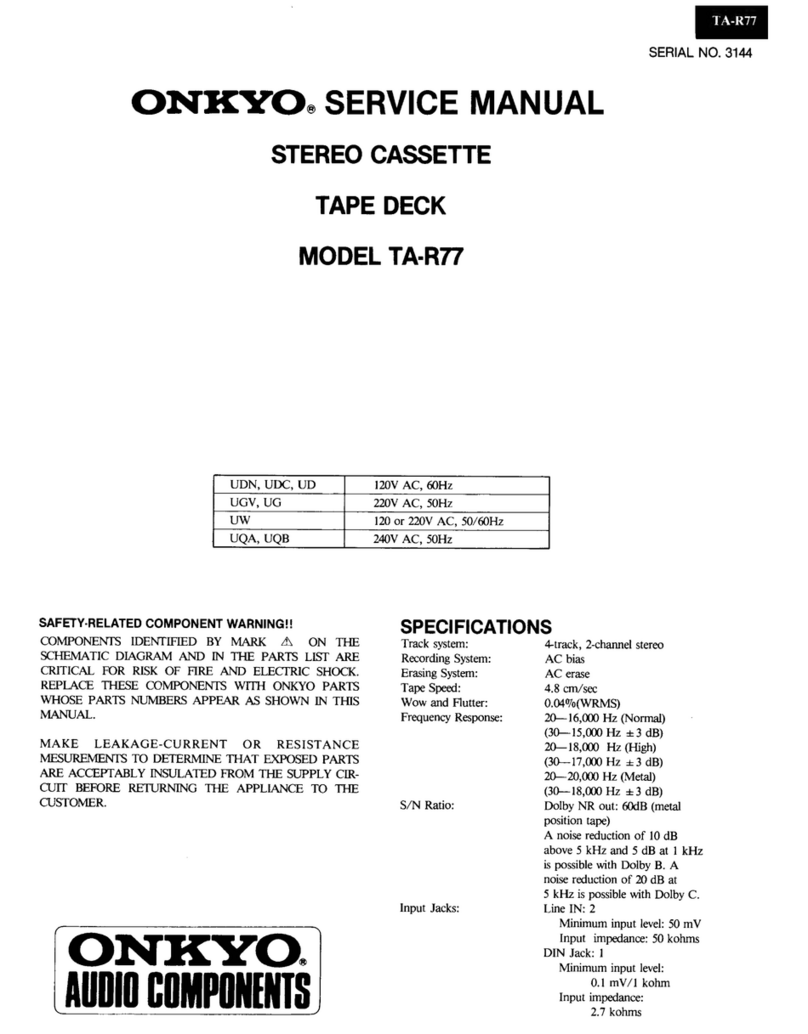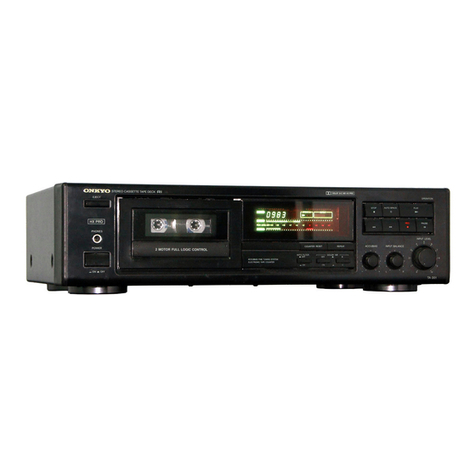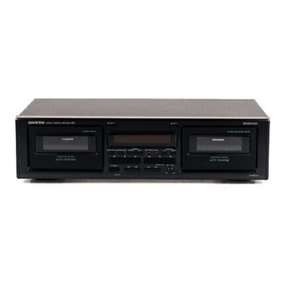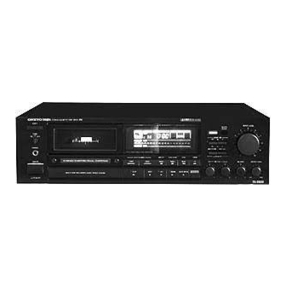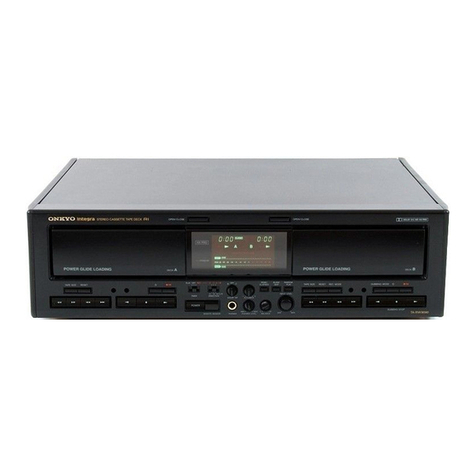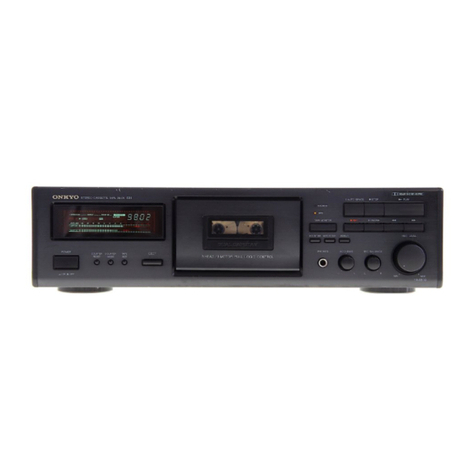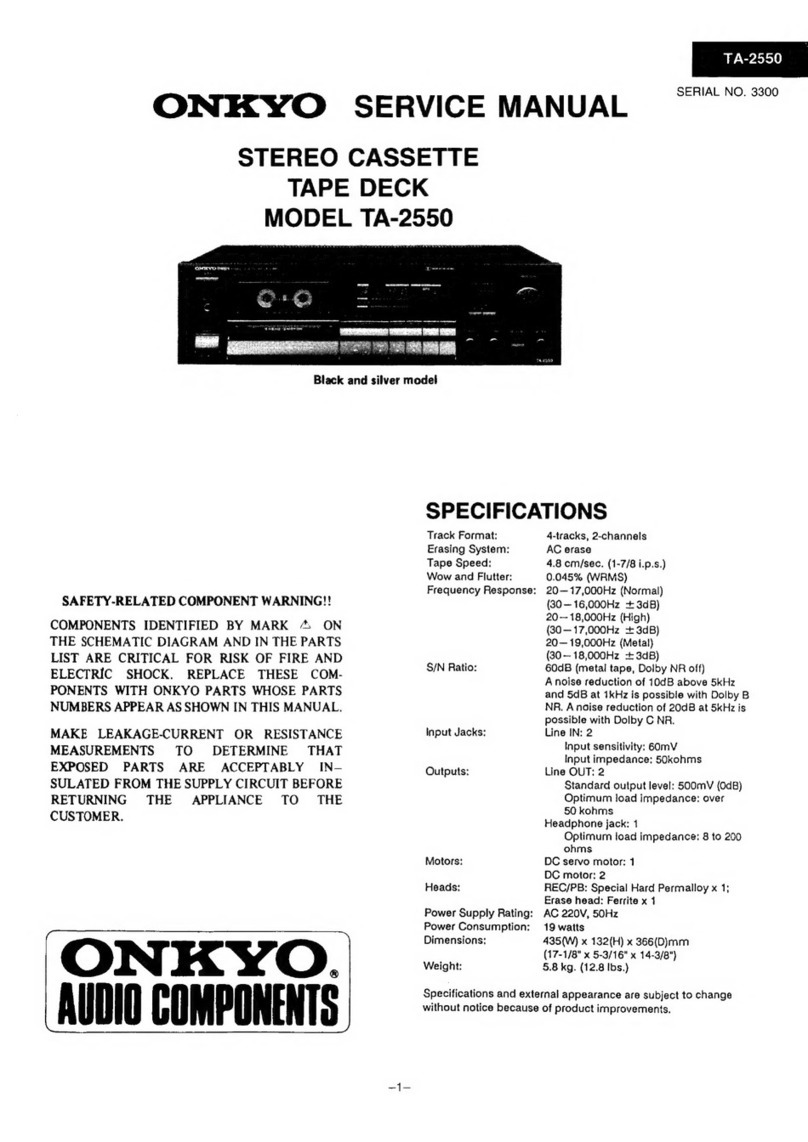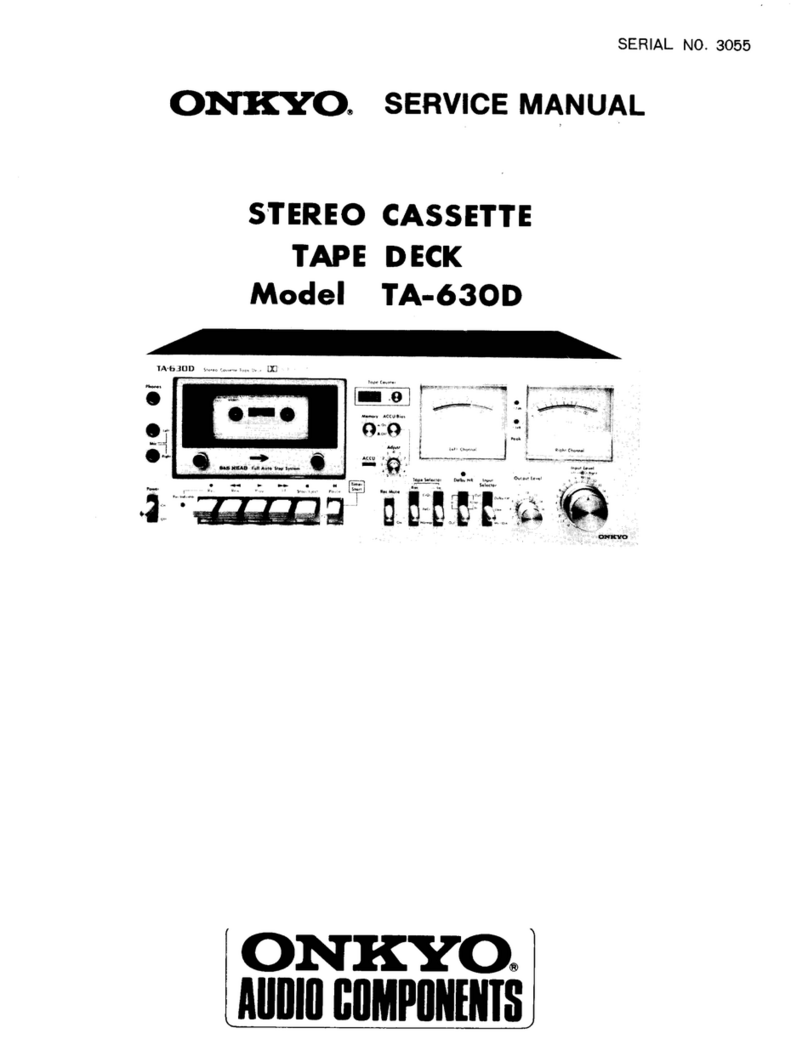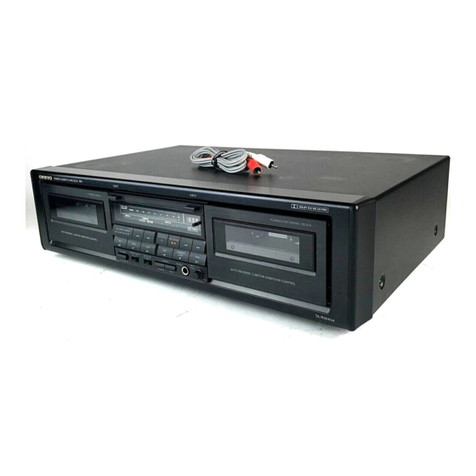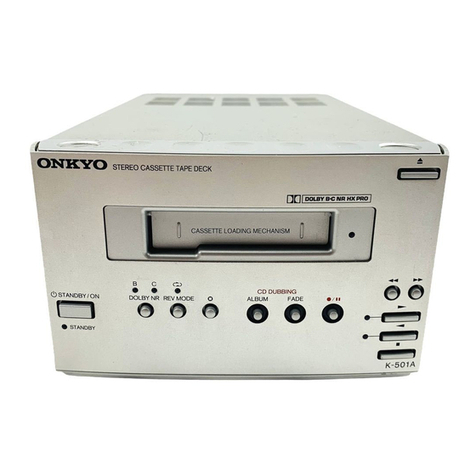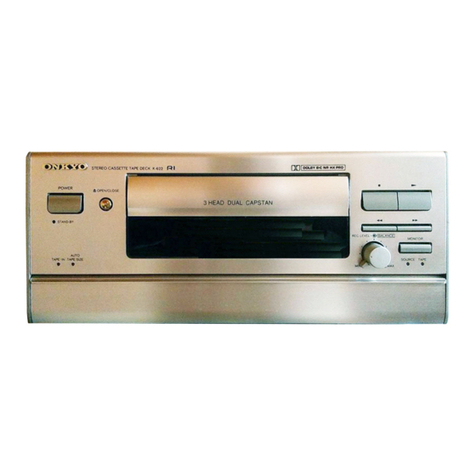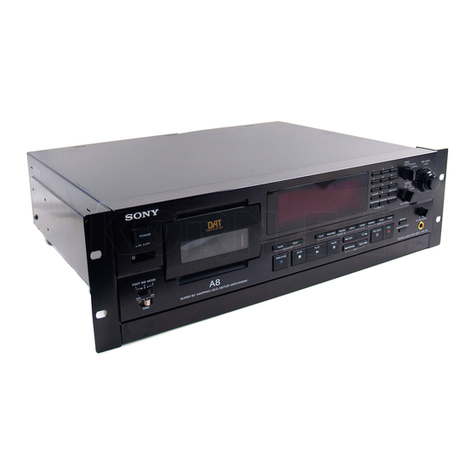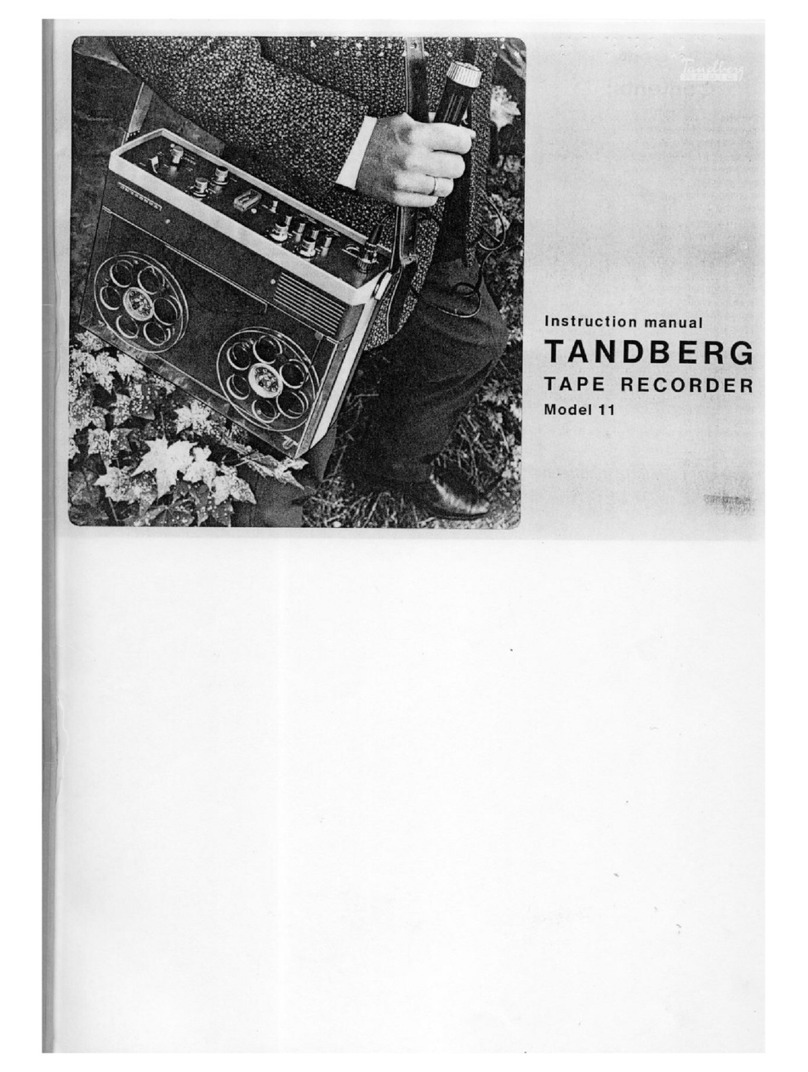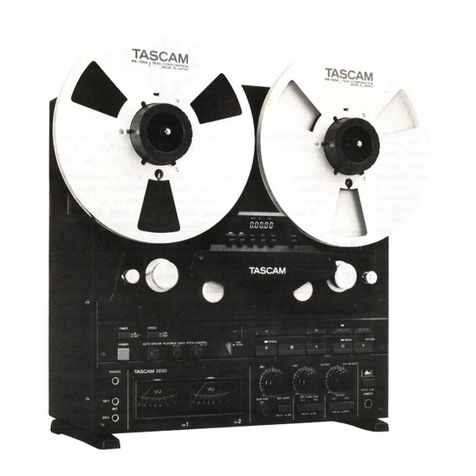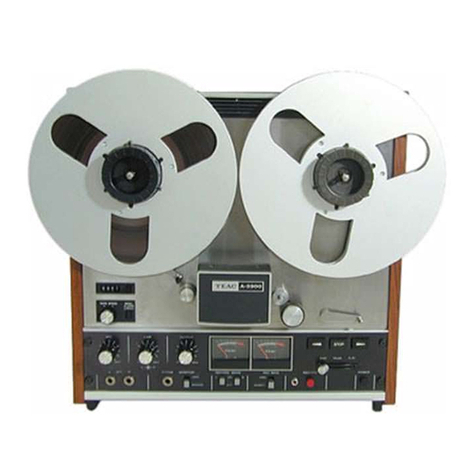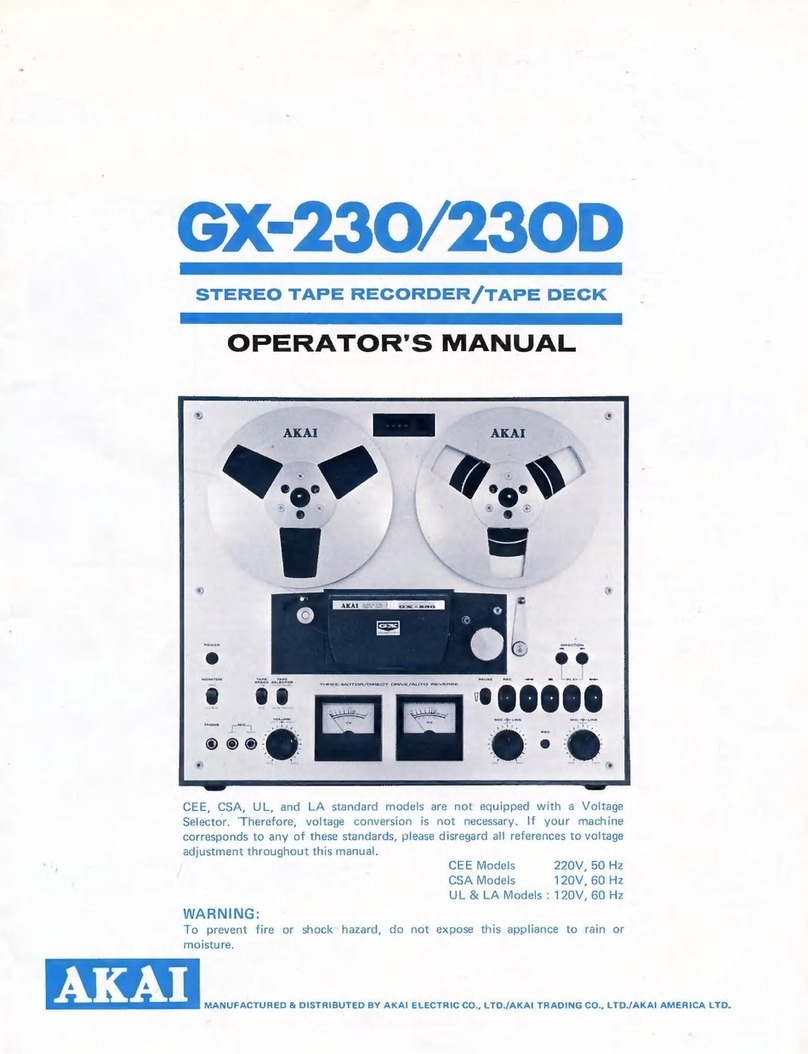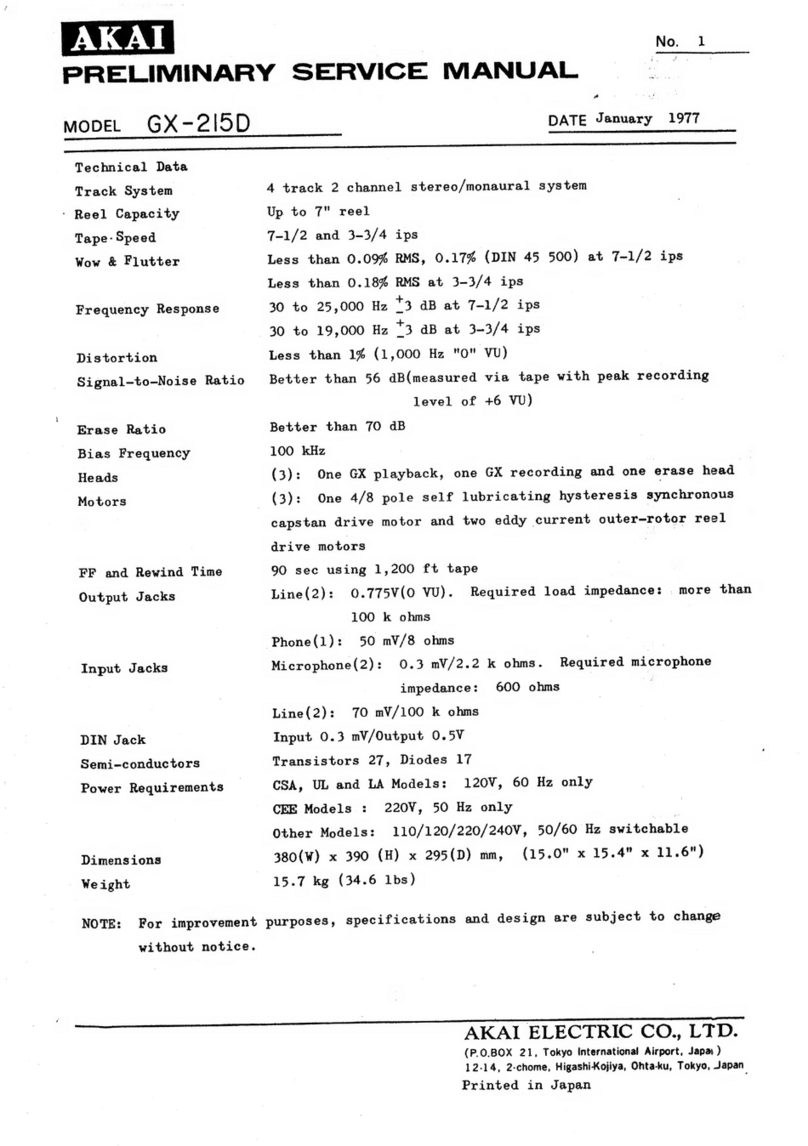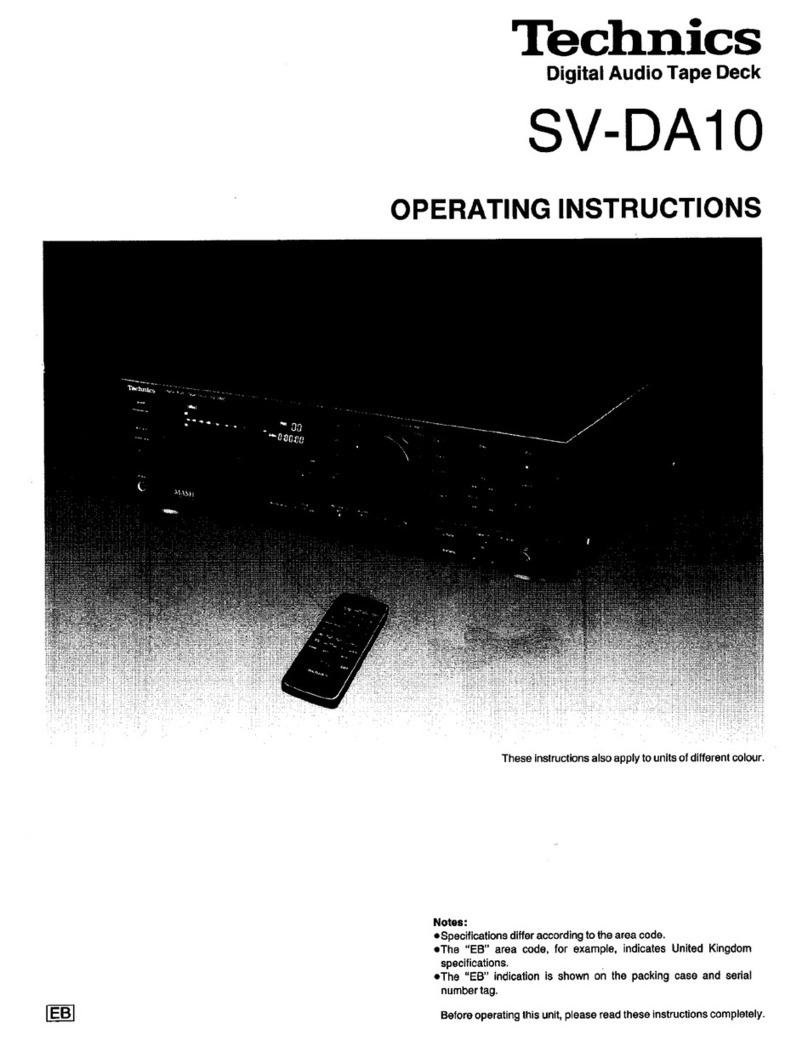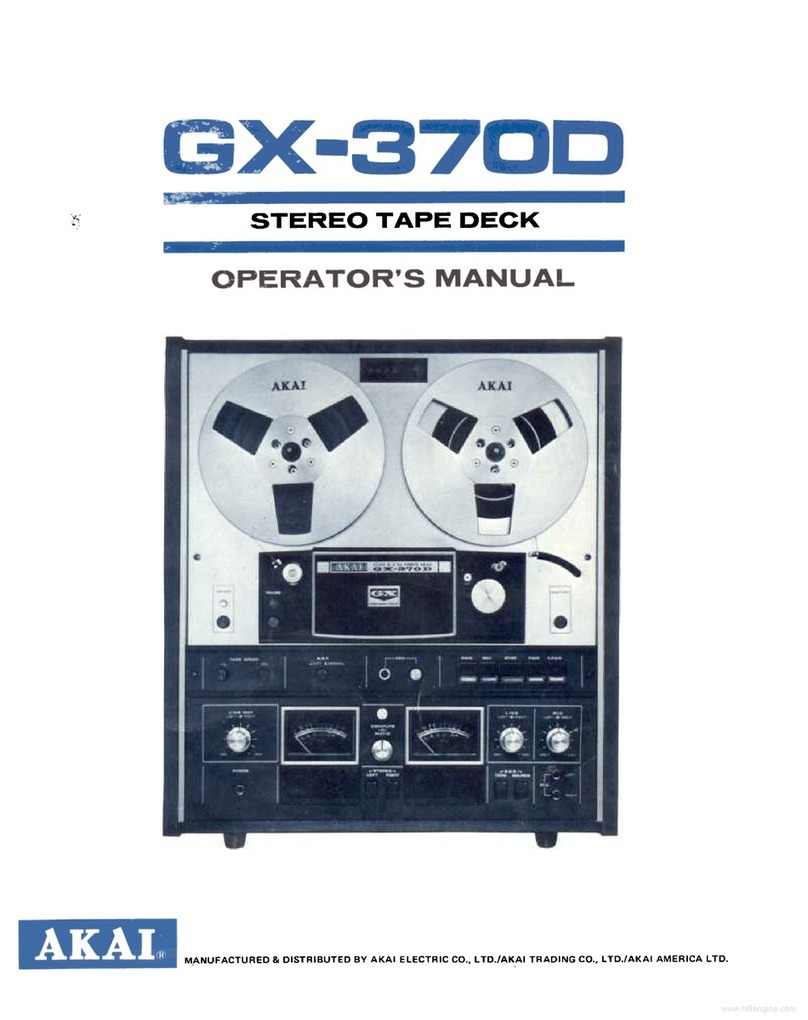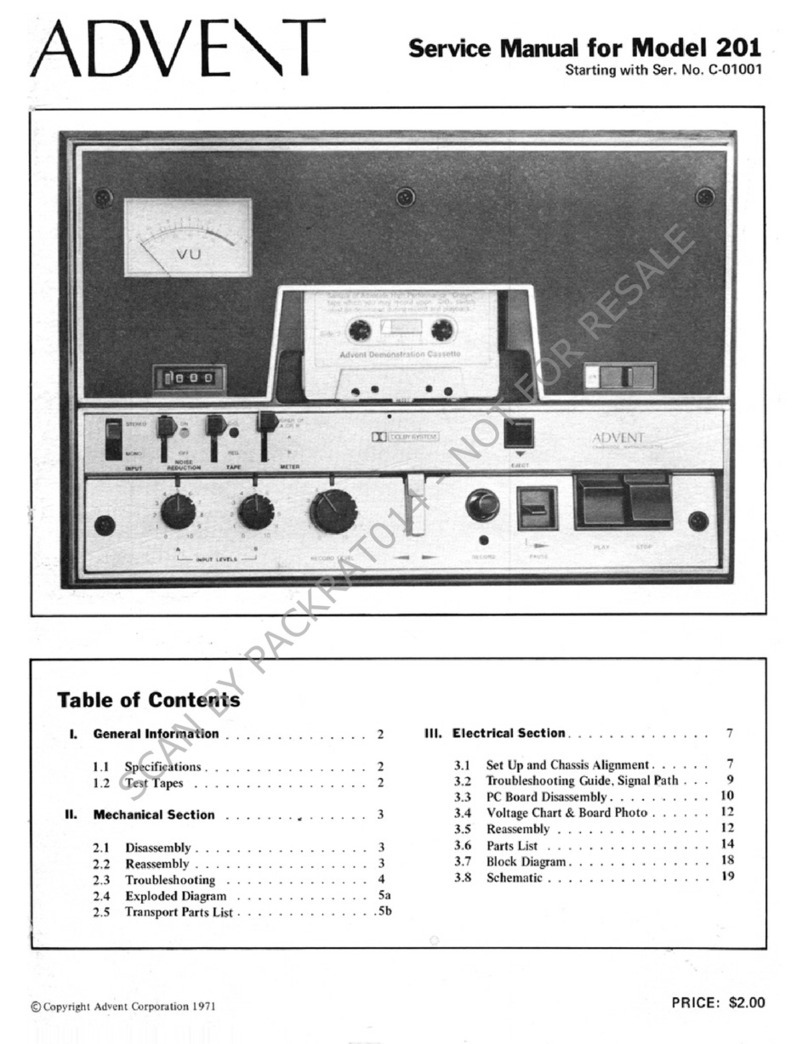
©
Wir
begitickwunschen
Sie
zum
Erwerb
des
Cassettendecks
ONKYO
TA-2130.
®
Bitte
lesen
Sie
diese
Bedienungsanleitung
sorgfaltig
durch,
bevor
Sie
die
Anschitisse
vornehmen
und
das
Gerat
in
Betrieb
nehmen.
@
Die
Anleitungen
helfen,
das
Leistungsvermégen
und
die
potentielle
Klangqualitat
dieses
Gerdates
voll
auszuschdépfen.
@
Fuir
den
Fall
etwaiger
Zweifelsfalle
wird
empfohlen,
diese
Bedienungsanleitung
zwecks
erneuter
Bezugnahme
sorgfaltig
aufzubewahren.
Technische
Glanzlichter
WICHtIG!
.....:secsessescseseceesscsscsrscsssensceessessesssenseneaensanensenseenesssecauanenaneoaauensensauenseanenstsssensseasgeeanecanennesenaas:
9
Zur
Beachtung
AnschluBbuchsenn
Bedienungselemente
und
Anschliisse
Standard-Betriebsarten
Besondere
Betriebsarten
Was
Sie
tiber
Tonband-Cassetten
wissen
sollten
Instandhaltung
Bei
Betriebsproblemen
Technische
Daten
Technische
Glanzlichter
A
aN
a
Re
RP
PS
®
Mikroprozessorgesteuertes
Zweimotoren-Laufwerk
Zwei
Gleichstromlaufer
sorgen
fiir
schonenden
Betrieb
ohne
stérende
mechanische
Gerausche
beim
Starten
und
Stoppen
des
Bandlaufwerkes.
©
Dolby*
B
and
C
Rauschunterdriickung
Zusatzlich
zum
standardmaBigen
Dolby
B
NR
verfigt
dieses
Gerat
Uber
das
neuere
Dolby
C
NR-System,
das
eine
im
Vergleich
zu
Dolby
B
um
10
dB
héhere
Rauschabsenkung
bietet.
Dolby
C
wirkt
dariiberhinaus
auch
einer
Ubersattigung
des
Bandes
durch
hochfrequente
Signalanteile
entgegen,
um
dem
Auftreten
von
libersteuerungsbedingten
Verzerrungen
vorzubeugen.
e
AMCS-Anspielfunktion
Diese
Funktion
spult
das
Band
automatisch
zu
den
Anfangen
der
Titel
vor
und
laBt
Sie
in
die
ersten
Takte
(ca.
10
Sekunden)
hineinhéren.
e
Zwei
Wiederholfunktionen
Das
Gerat
ist
flr
Wiederholbetrieb
mit
sowohl
einem
einzelnen
Titel
als
auch
der
ganzen
Cassettenseite
ausgelegt.
@
Mikrofon-Zumischméglichkeit
beim
Aufnehmen
e
Automatische
Bandsorteneinstellung
©
Accubias
fiir
Feineinstellung
der
Vormagnetisierung
Wichtig!
SS
a
a
ee
WEGEN
FEUER-
UND
STROMSCHLAGGEFAHR
DAS
GERAT
NICHT
REGEN
ODER
UBERMASSIGER
FEUCHTIGKEIT
AUSSETZEN!
@
Das
Gerat
entspricht
den
Bestimmungen
der
EG-Direktive
82
/
499
/
EWG.
39

